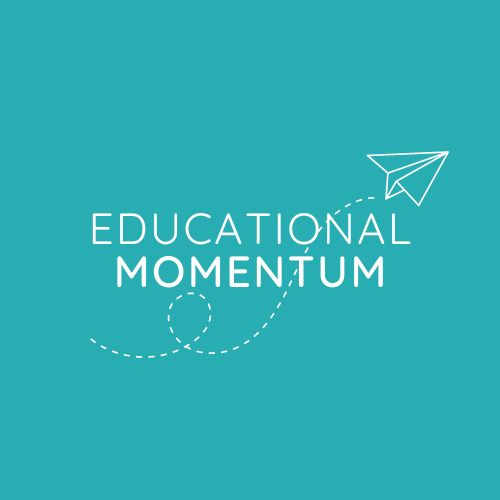Why Strengths-Based Planning Sets Everyone Up for Success
- Brigid McCormick

- Sep 23
- 2 min read

In education, it’s easy to focus on what’s missing. We run assessments, review skill deficits, and write goals based on gaps. But if we’re not careful, students begin to believe those gaps define them. Over time, this can shape their self-image and make challenges feel like permanent limitations.
A strengths-based approach flips that script. Instead of beginning with deficits, we start with the question: What’s working? What’s strong?
What Is Strengths-Based Planning?
It’s a shift from “what’s wrong?” to “what’s strong?” It starts with identifying a student’s:
Interests – subjects, activities, or topics that naturally spark curiosity
Talents – areas where a child shows unique ability, from problem-solving to creativity
Preferred learning styles – whether they thrive with hands-on activities, visuals, or step-by-step guidance
Social or emotional strengths – skills like empathy, perseverance, or teamwork
By naming and integrating these strengths into how we support students, we help them build on a foundation that already exists. For example, a student who loves drawing might use sketching to organize their writing ideas, or a child with strong leadership skills might practice collaboration by mentoring a peer.
Benefits of a Strengths-Based Lens

Increases motivation and engagement – Students are more willing to try when learning
feels connected to what they enjoy.
Improves student confidence and self-concept – Focusing on abilities helps students view themselves as capable learners.
Creates more balanced and individualized support plans – Goals become about building with strengths, not just fixing
weaknesses.
Enhances family-school collaboration – Families often see strengths educators miss; including their input builds stronger partnerships.
Ideas to Try This Month
Start IEP meetings with student strengths – A positive tone at the start sets the stage for collaboration.
Use strong language during feedback: “You showed great focus today!” instead of only pointing out corrections.
Encourage peer feedback that highlights contributions – Classmates can learn to notice effort, creativity, or kindness in each other.
Use strength-based reflection journals or learning profiles – Let students track moments where they felt successful and capable.
Final Thought

When students feel seen for who they are—not just what they need—they show up differently. They’re more confident, more resilient, and more willing to take on challenges. And when professionals approach planning through a strengths-based lens, we show up differently too—ready to build momentum from a place of possibility, not limitation.
Want more ways to start the school year with confidence and connection?
Subscribe to our Back-to-School Readiness Newsletter Series for weekly resources, tools, and simple strategies — designed especially for professionals working with children with autism and special needs.





.png)
Comments